A section of an ancient wall has a longer history than previously thought
Ancient ruins can confirm the veracity of the Bible: a section of a wall in ancient Jerusalem confirms the story of the Holy Book, archaeologists say. Experts say this section of the wall has a longer history than previously thought. The wall is located in the City of David — the site on which the original Jerusalem was built.
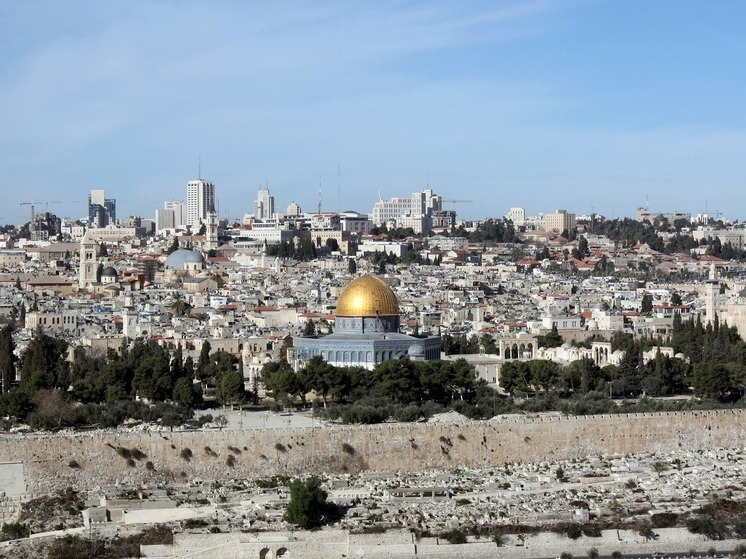 Photo: Pixabay.com.
Photo: Pixabay.com.
A scientific breakthrough has revealed the truth about a site in ancient Jerusalem, refuting expert opinion and confirming the biblical account, writes the Daily Mail. Until now, experts believed that the section of wall in the original city center was built by Hezekiah, the king of Judah, whose reign spanned the seventh and eighth centuries BC. He saw his neighbors to the north, the Kingdom of Israel, destroyed by the Assyrian Empire, and it was believed that he was the one who built the wall to protect against the invaders. But now, after nearly a decade of research, it has emerged that this section of the wall was built by his great-grandfather Uzziah after a major earthquake, echoing the biblical account.
The wall is located in the City of David — a historical archaeological site on the territory of which, according to the Bible, the original city of Jerusalem was formed, says the Daily Mail.
Joe Uziel of the Israel Antiquities Authority (IAA) says: «For decades it was believed that this wall was built by Hezekiah, king of Judah. But it is now clear that it dates back to the time of King Uzziah, as hinted at in the Bible. Still, many researchers It has been suggested that the wall was built by Hezekiah during his rebellion against Sennacherib, king of Assyria, to protect Jerusalem during the Assyrian siege. It is now clear that the wall in its eastern part, in the area of the City of David, was built earlier, shortly after the great earthquake in Jerusalem. , and was part of the construction of the city.»
The Old Testament describes this construction in the Second Book of Chronicles, notes the Daily Mail. The biblical text says: “Uzziah built towers in Jerusalem at the corner gate, at the valley gate, and at the corner of the wall, and fortified them.”
Scripture also shows evidence of seismic activity — the Old Testament book of the prophet Amos dates back to «two years before the earthquake, when Uzziah was king of Judah.»
Research conducted as part of a joint project of the IAA, Tel Aviv University and the Weizmann Institute of Science , revealed the origin of an ancient wall using carbon dating 14.
Also known as radiocarbon dating, this method uses the decay of the radioactive isotope carbon (14C) to measure time and date objects containing carbon-based material.
< p>According to the IAA, this period of history was previously considered a «black hole» for carbon-14 dating due to fluctuations in the levels of the isotope in the atmosphere at the time.
But using ancient tree rings from Europe, scientists were able to compile graph of these fluctuations from year to year.
Elisabetta Boaretto from the Weizmann Institute says: «The resolution of c-14 was very poor — 200-300 years; it was impossible to distinguish anything else. Thanks to the work we did in the City of David, we were able to achieve a solution in less than 10 years, which is is actually something very, very new and impressive.»
Scientists took samples of organic artifacts found at four different excavations in the ancient center of Jerusalem, sometimes called the City of David. Among them were grape seeds, date stones and even the skeletons of bats. All of this was purified, turned into graphite, and then put into a particle accelerator at 3,000 km per second to separate carbon-14 from other organic materials. Measuring the carbon content then revealed the sample's true age.
Yuval Gadot of Tel Aviv University said the method also pushed back the city's westward expansion by five generations. He said: «Until now, most scholars have linked the growth of Jerusalem in the west to the reign of King Hezekiah — just over 2,700 years ago. «Until now, it was believed that the city expanded due to the arrival of refugees from the kingdom of Israel in the north after the expulsion of the Assyrians. However, new finds support the view that Jerusalem was growing in size and expanding towards Mount Zion as early as the ninth century BC. This was during the reign of King Joash, a hundred years before the expulsion of the Assyrians.”
In light of this, new research shows that the expansion of Jerusalem is the result of demographic growth within Judah and the emergence of political and economic systems.
Moreover, it shows that during the reigns of David and Solomon, the city was larger than thought.
Dr. Uziel says: «In the 10th century BC, during the time of David and Solomon, this study showed that the city was inhabited in different areas and appears to have been larger than we previously thought. We can pinpoint specific buildings and link them to specific kings mentioned in the biblical text.»
The kingdom of Judah endured. until 587 BC, when the Babylonians besieged and destroyed its capital Jerusalem, along with Solomon's Temple, often called the First Temple.





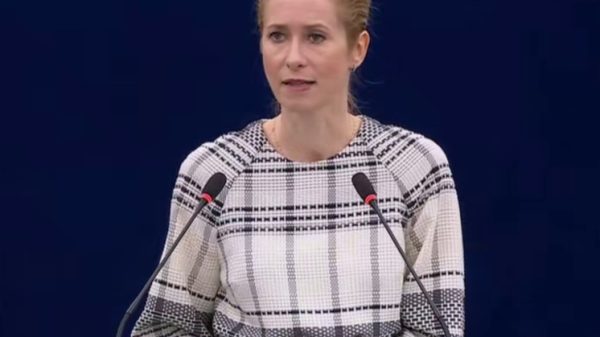



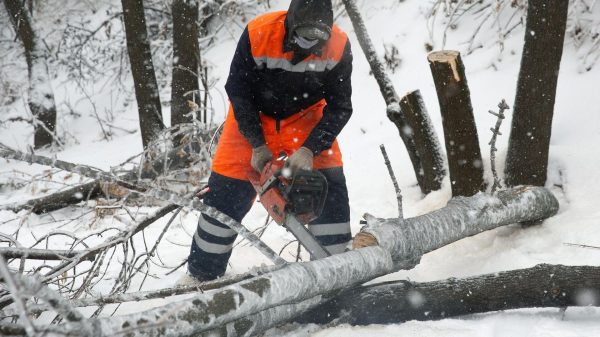
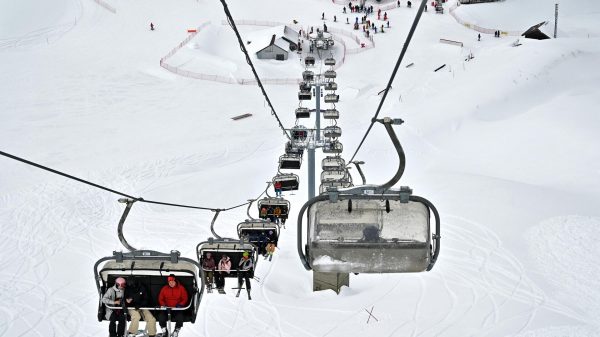






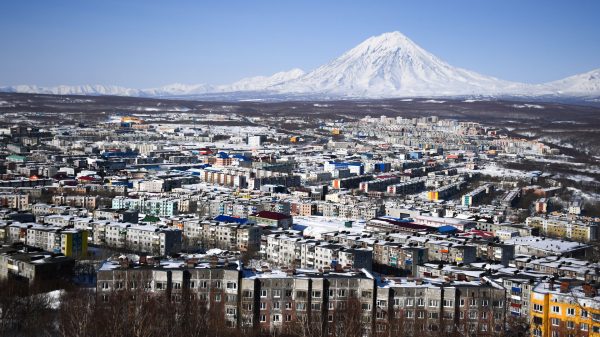

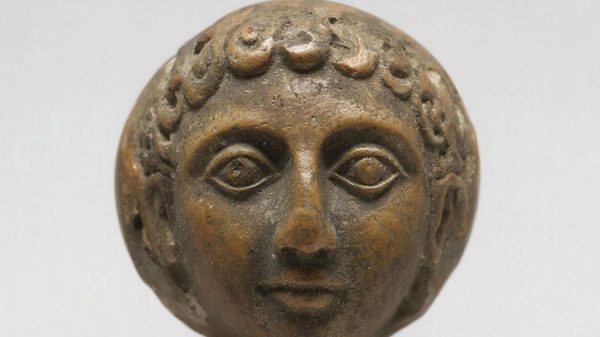



















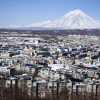















Свежие комментарии